
For many dog owners, leaving their furry friend at home alone can be a bit worrisome. It’s important to remember that each dog is unique and may have different comfort levels when left on their own, depending on factors like age, needs, and personality. By being prepared and taking the right steps, you can help your dog feel more comfortable when left alone. While most dogs can handle being by themselves for several hours, it’s important to consider your dog’s specific needs. The key to a successful time alone for your dog is to gradually teach them how to feel safe and secure when on their own. Providing mental stimulation, setting up a routine, and ensuring your dog’s safety are all essential aspects to keep in mind. As a dog owner, it’s your responsibility to understand and meet your dog’s needs while also ensuring their well-being when they’re alone. By slowly getting your dog used to being home alone, you can strike a balance that works for both you and your pet. With patience and consistency, your dog can learn to enjoy their alone time, making your departures stress-free and guilt-free for both of you.
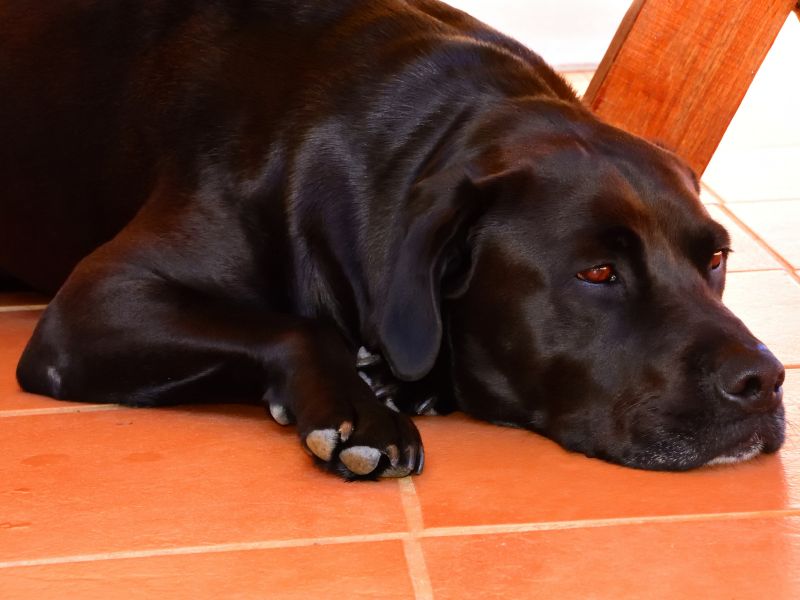
Leaving your dog at home while you’re away at work can be a challenging situation for both you and your four-legged friend. Dogs can feel anxious and worried when left alone, while owners may feel guilty about leaving them behind. However, with the right approach, you can make sure that your pets are safe, happy, and comfortable while you’re out. It’s important to figure out how long your dog can stay alone without feeling stressed or in harm’s way. This depends on factors like their age, breed, health, and personality. Puppies have different needs compared to adult dogs and may have limited bladder control. According to the American Kennel Club, young puppies can only hold their bladder for a short time, while adult dogs shouldn’t be left alone for more than 6-8 hours a day. Here are some helpful tips to prepare your dog for alone time at home: Establish a routine: Create a set schedule for your dog’s daily activities such as feeding, playtime, and bathroom breaks. Dogs thrive on routine and knowing what to expect can help them feel more at ease when you’re away. Provide mental stimulation: Keep your dog occupied with toys or puzzles to prevent boredom and anxiety while you’re gone. Create a safe space: Set up a cozy area for your dog to relax in while you’re out, whether it’s a corner in the living room or a comfortable crate. Make sure the space is safe and has access to water. Consider getting a pet sitter or dog walker: If your dog needs extra attention during the day, think about hiring a professional to check in on them. This can be especially beneficial for young puppies or dogs with separation anxiety. Ultimately, it’s important to pay attention to your dog’s unique needs, dedicate time to training, and watch out for any signs of stress or anxiety. By following these tips, you can help your dog adjust to being alone at home while you’re at work and maintain a strong bond with your furry companion. Remember, dogs are social animals who thrive on love and companionship.
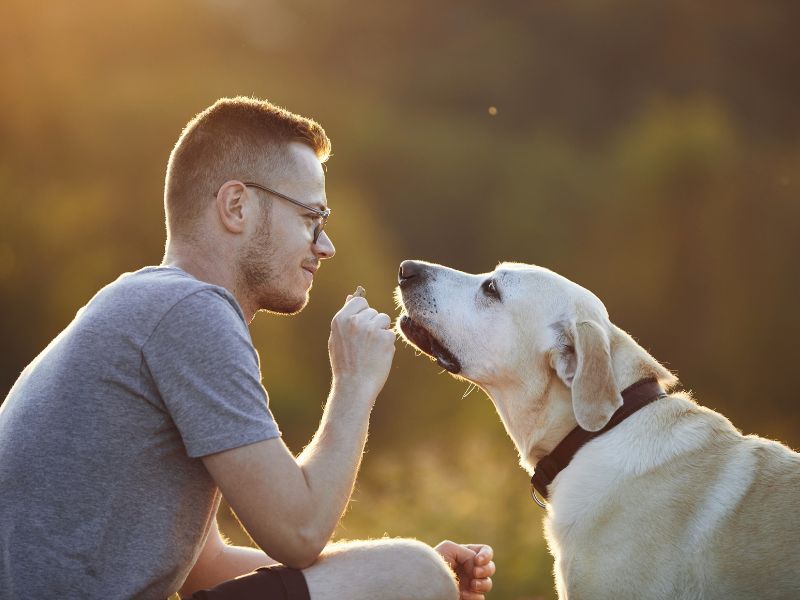
Dogs are well-known for their friendly and sociable nature, often forming strong connections with their human companions. Just like people, dogs enjoy spending time with their family members and engaging in social activities. It’s important to keep this in mind when leaving them alone, as prolonged periods of isolation can lead to feelings of stress and anxiety. Many pet owners may wonder how their furry friends handle being by themselves and how it impacts their overall well-being. Companion dogs thrive on human interaction and closeness, and a lack of this can result in increased stress levels, as studies have shown that cortisol levels in dogs tend to rise when they are left alone for extended periods. Thus, it is essential to teach our canine pals how to soothe themselves and cope with solitude in order to prevent separation anxiety and help them build confidence. One way to keep them occupied and mentally stimulated while you’re away is by providing interactive toys or puzzle feeders, creating a positive environment for both you and your pet. Nurturing your dog’s social side is crucial for their happiness and health. Recognizing their need for companionship and taking steps to enhance their alone time can greatly improve their quality of life. By striking a balance between social interactions, exercise, and moments of solitude, you can ensure that your dog leads a content and fulfilling life.
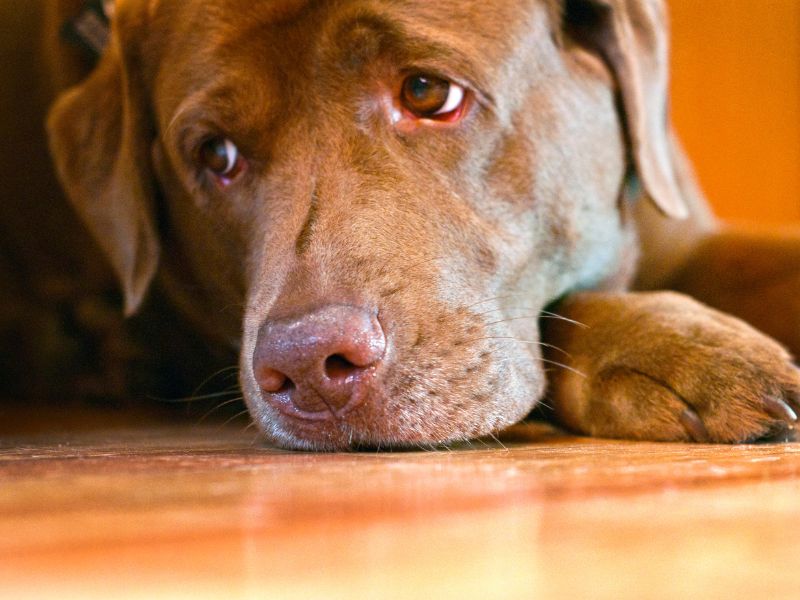
Dogs are social animals that enjoy the company of people and other pets. However, it’s crucial to recognize that each dog has its own unique characteristics and requirements. While some dogs are okay with being left alone at home for a period, others may struggle with separation anxiety. To help your dog adjust to being home alone, start by gradually increasing the time they are left alone. This gradual approach will help your dog feel more secure and at ease when you’re not there. Providing toys, puzzles, and soothing music can also help keep your dog entertained and reduce their stress levels. Different dog breeds have varying levels of independence, which can impact how they handle being alone. For instance, breeds like Greyhounds and Shiba Inus are known for their independence and may handle solitude better. Understanding your dog’s breed and tendencies is essential before leaving them alone for extended periods. Even independent dogs require social interaction and mental stimulation, so make sure to give them plenty of exercise and quality time when you’re at home. Regular exercise and attention are key to ensuring a happy and healthy dog. While dogs may not love being home alone, there are ways to help ease their stress. By considering your dog’s breed, temperament, and individual needs, you can create a comfortable environment for them even when you’re away. Remember, a little love and attention can make a big difference in keeping your furry companion content.
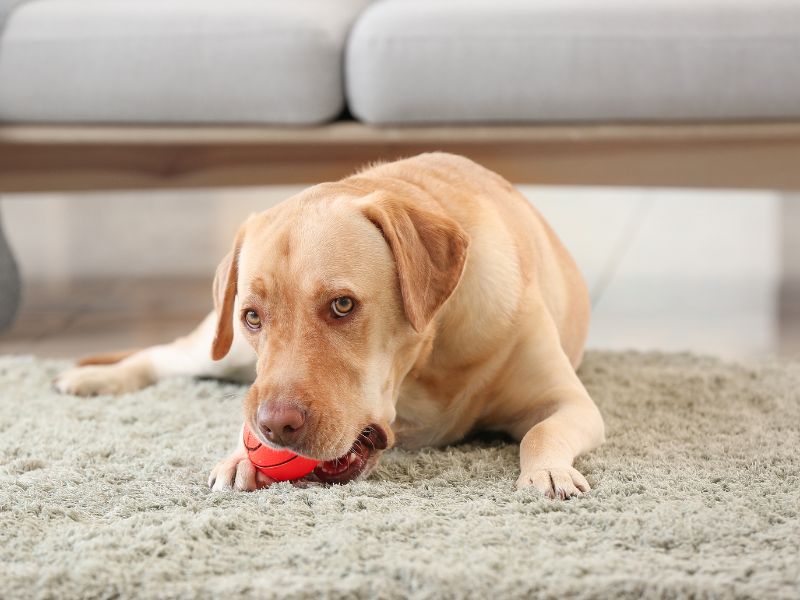
Maintaining a balance between work and caring for your pet can be a challenge for many full-time pet owners. To ensure that your dog is safe and happy while you’re away, there are some strategies you can try out. One of the most important things is to create a secure and cozy space for your furry friend. Utilizing a dog crate can help prevent any unwanted behavior and give your pet a comfortable spot to relax in while you’re not around. According to PetMD, crates can be especially helpful for dogs who like to explore every corner of your home. To keep your dog entertained and at ease, set up a designated play area with plenty of toys and activities. Swapping out toys regularly can keep them engaged and occupied throughout the day. Puzzle toys and interactive feeders are great options for mental stimulation. Additionally, pet owners should make sure their homes are dog-proof by securing trash cans, keeping harmful substances out of reach, and removing any potential chewing hazards. It’s important to establish a routine for your dog to help them adjust to your absence and look forward to your return. Taking your dog for regular walks or playtime before and after work can help reduce separation anxiety and keep them calm while you’re away. In more severe cases, consider options like doggy daycare, hiring a pet sitter, or having a neighbor or friend check in on your dog during the day. These alternatives can provide your dog with extra comfort, socialization, and relief. Remember that every dog is different, so it’s essential to understand your pet’s individual needs and create a plan that suits them while ensuring their well-being and happiness when left alone at home. By addressing these challenges, you can make the experience more pleasant for both you and your beloved furry companion.
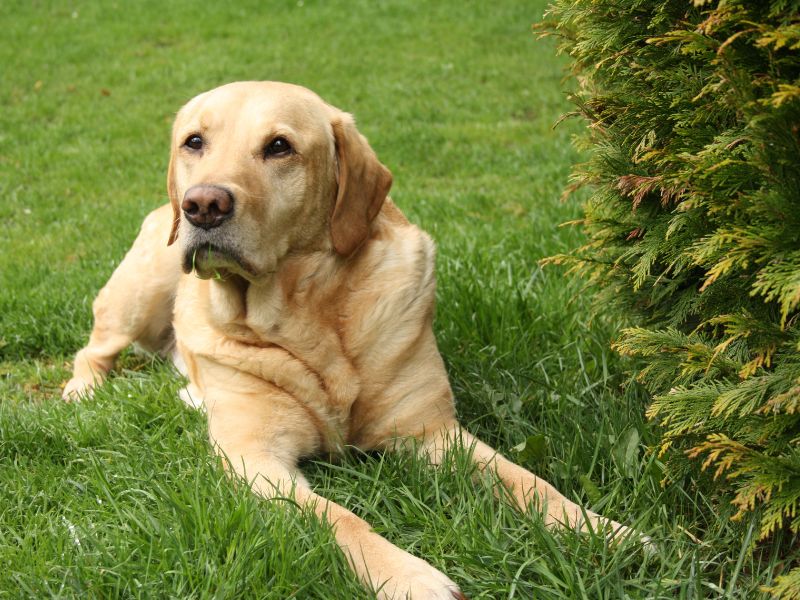
Benefit from the wisdom of Pippa Mattinson, a skilled dog trainer who freely imparts her expertise through various online resources. Her advice spans a wide range of topics, including specific training techniques like heel work and recall, as well as general tips on keeping your dog engaged, avoiding common mistakes, and staying motivated during training sessions. One key focus of Pippa’s teachings is helping dogs become comfortable with being alone at home. This is crucial for ensuring your pet feels safe and secure when you’re not there, whether you’re out running errands or away at work. Pippa’s training approach aims to set both you and your dog up for success. She recommends starting with simple obedience exercises, such as teaching your dog to go to their bed and stay there for short periods while you’re nearby. Rewarding your dog for staying calmly in their spot helps build trust and promotes a sense of relaxation, even when you’re not present. As your dog becomes more adept at this initial task, Pippa suggests gradually working on separation training. Begin by enticing your dog to stay in their bed as you move away, then return to reward them for remaining in place. This step-by-step method makes it easier for your furry friend to adjust to being alone. Pippa’s vast array of training advice is readily available to everyone, drawing on her extensive four decades of hands-on experience. Her practical tips and easy-to-follow instructions make it simple to integrate training into your daily schedule. Give Pippa’s strategies a go and help your dog feel more self-assured and comfortable when you’re not at home.
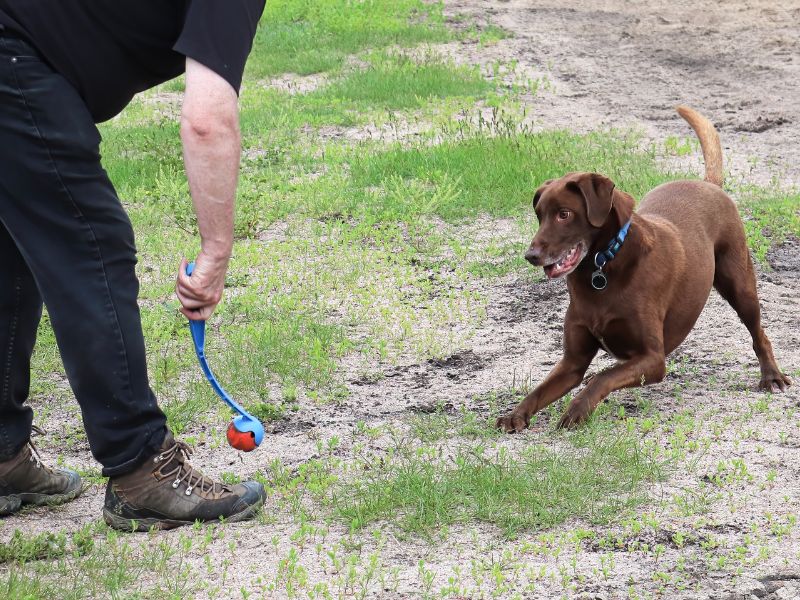
Taking care of your dog’s well-being is important, especially when you’re not around. To keep your furry companion happy and healthy, try mixing up their daily routine with various activities. One suggestion is to take your dog for a 20-30 minute walk or playtime before leaving them alone, as this can help them relax during their alone time. If you’re going to be away for a while, consider hiring a dog walker or pet sitter to provide companionship and exercise for your dog throughout the day. Make sure to choose someone you trust by asking for recommendations. Another way to keep your dog entertained while you’re out is by giving them interactive toys and puzzles to stimulate their mind and prevent boredom. When you return home, pay attention to any changes in your dog’s behavior, such as lack of energy or disinterest in activities they usually enjoy. These could be signs that your dog is struggling with being alone for too long. If you notice any worrying symptoms, consult your vet to rule out any health issues and consider adjusting your dog’s routine to reduce stress. By incorporating exercise, social interaction, and mental stimulation into your dog’s day, you can ensure they have a happier and healthier experience when home alone. Remember, every dog is unique, so it’s crucial to tailor their routine to meet their individual needs.
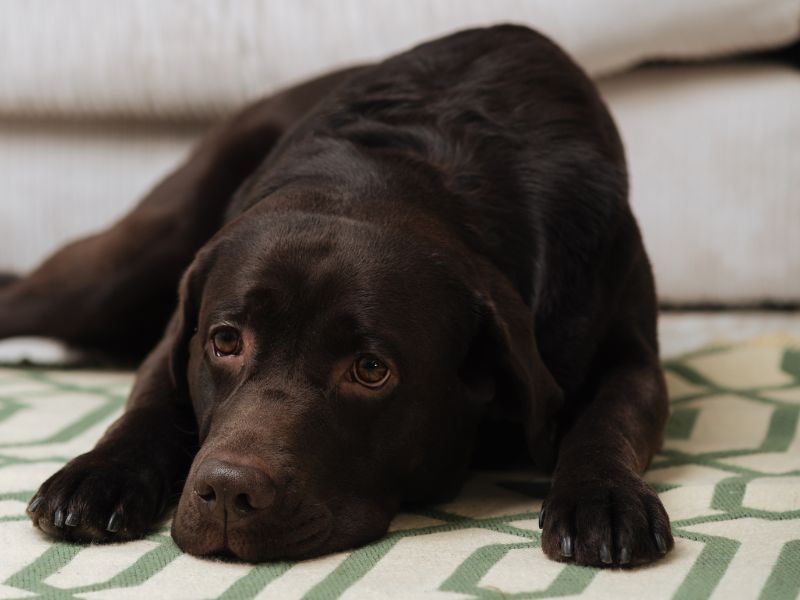
Is it acceptable to leave your dog on their own at home? While it may be necessary on occasion, it’s essential to consider what’s best for your furry friend’s overall well-being. The amount of time a dog can be left alone varies depending on factors like their age, physical health, and emotional requirements. For instance, young puppies typically shouldn’t be left by themselves for long stretches. At around 10-12 weeks old, they can only hold their bladder for about 2 hours. As they grow older, they gain more control over their bladders, with adult dogs able to wait 6-8 hours before needing a bathroom break. Adult dogs, in general, can manage better and be left alone for 8-10 hours. However, it’s important to assess each dog individually, taking into account their breed, personality, and any health issues they may have. Keep in mind that dogs, particularly puppies, need regular opportunities to go outside. Here’s a basic schedule for how long you can leave your pup by themselves based on their age: – 4 months: 4 hours – 5 months: 5 hours – 6 months: 6 hours – Over 6 months: Up to 6-8 hours These are just rough estimates, as every dog is different. Some may need more attention or more frequent potty breaks. Always consider your pet’s unique requirements and consult a veterinarian if you have any concerns about leaving them alone for extended periods.

Is it alright to leave your beloved canine companion at home by themselves? This is a common concern for those who are new to caring for pets. It’s important to remember that each dog is unique, and their ability to handle solitude varies depending on factors such as age, health, and emotional needs. Before leaving your pup on their own for the first time, ensure that they are ready and have had enough time to acclimate to their new environment. It’s best to avoid doing this in the initial days of bringing them home. One crucial factor to consider is your dog’s bladder control. Older dogs may be able to hold it for longer periods, while younger ones may need more frequent bathroom breaks. To help your dog feel more at ease during their alone time, here are some suggestions: – Set up a cozy and secure space for them with their bed, toys, and water. – Gradually increase the duration of time they spend alone, starting with shorter periods. – Provide them with mental and physical stimulation beforehand, such as a walk or play session. – Stick to a regular schedule so your furry friend knows when to expect your return. While you may have obligations that require you to be away from home, it’s essential to strike a balance between your dog’s need for companionship and your other commitments. Depending on your dog’s age, breed, and specific needs, you may want to consider having a friend check in on them or hiring a pet sitter or dog walker. In conclusion, leaving your dog home alone can be manageable as long as they are prepared, mentally and physically ready, and have a structured routine for when you’re not around.
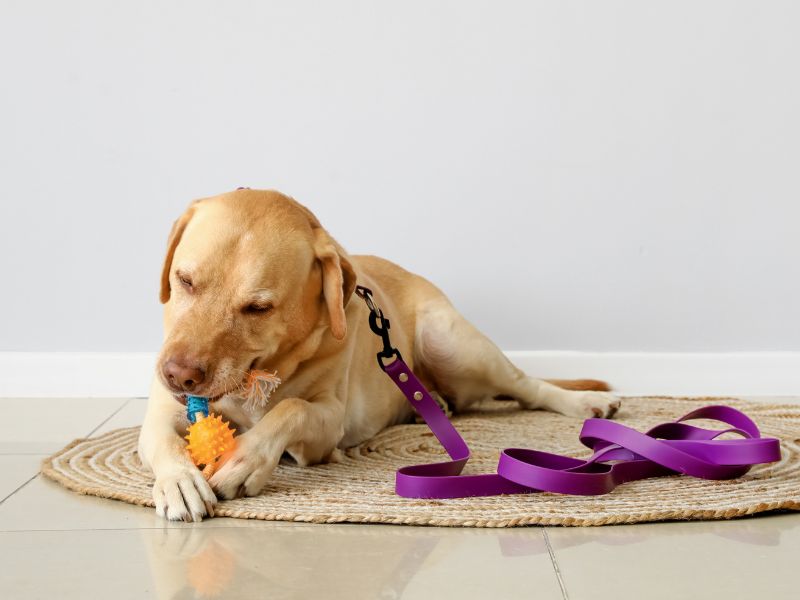
Choosing to leave your beloved pet at home by themselves can be a difficult decision for many pet owners. It’s just one of those things in life that requires proper planning and understanding of your furry friend. How long a dog can be left alone varies depending on factors such as their age, health, and emotional needs. Typically, adult dogs can handle being alone for around eight to ten hours, but this can vary based on their individual personalities. Using a crate can help provide a sense of security and comfort while you’re away. Ensure that they have a safe and cozy crate and gradually increase the time they spend in it to help them adjust. Puppies, on the other hand, require more attention and frequent potty breaks. They shouldn’t be left alone for more than six to eight hours. It’s important to help them become comfortable with being alone and slowly build up their tolerance. Before leaving your dog at home, take precautions to make sure they are safe. Remove any harmful items like toxic plants, medications, or small objects they could ingest. Also, make sure they have access to fresh water and a comfortable spot to relax. While it is possible to leave your dog alone, always prioritize their well-being to ensure they are happy, comfortable, and secure. Remember, every dog is unique, so pay attention to their individual needs and adjust your plans accordingly.




